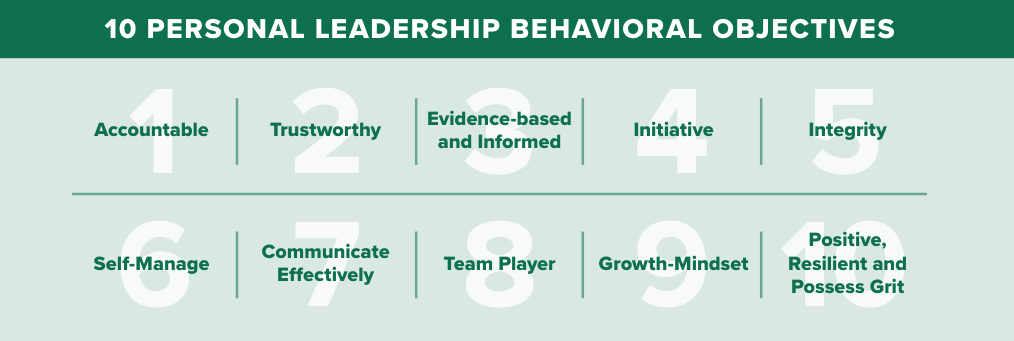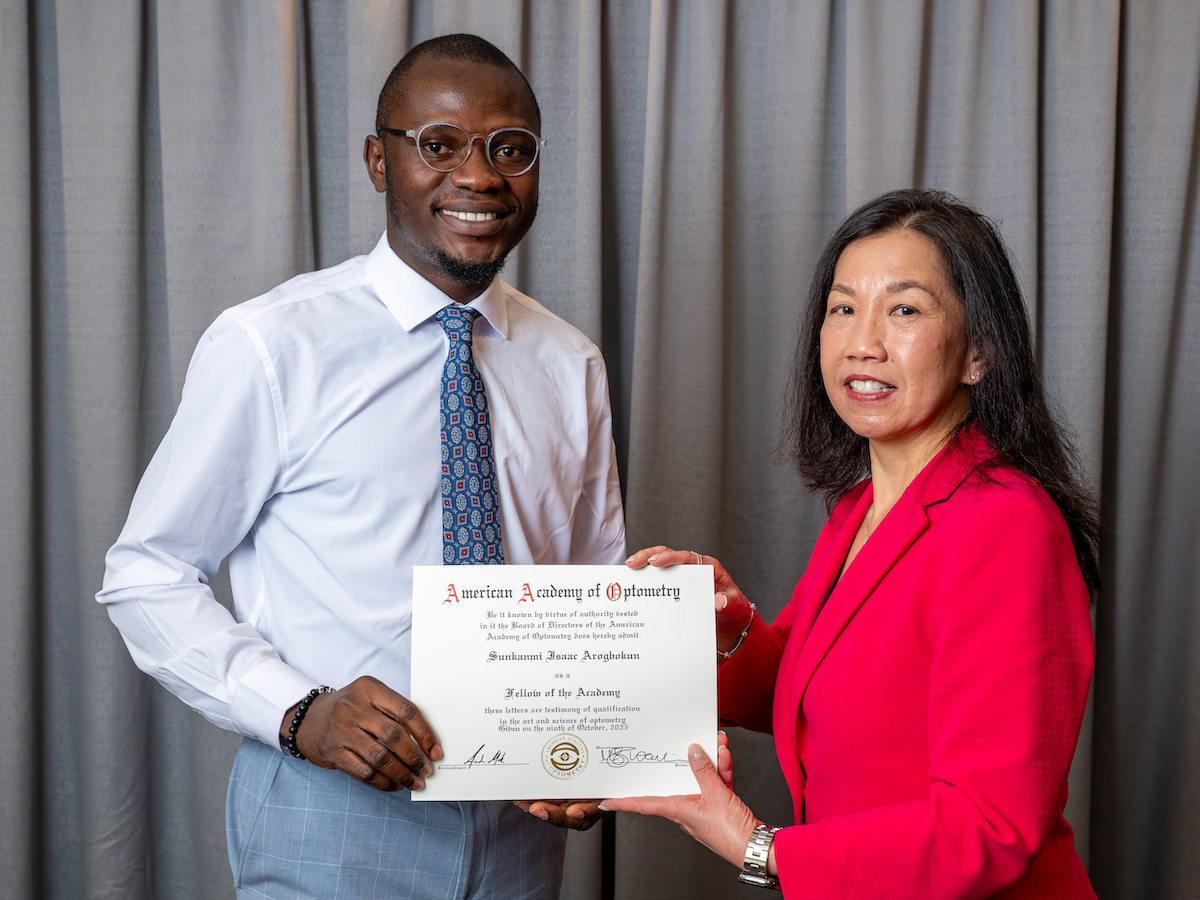A 2022 survey conducted by HigherVisibility revealed 1 in 4 Gen Z-ers want to become social media influencers. A JAMA opinion piece in 2020, “Mentoring Millennials,” says that generation embraces “innovation over inertia, autonomy over hierarchy, purpose over busywork, diversity over uniformity, community over isolation and finally leadership over [teammate] subordinate.”
So how do you make meaningful impact and lasting connections with the generations that spend an average of 2.5 hours each day scrolling through social media?
Training is Superficial. Learning is Lifelong.
Jennifer Green Wilson, PT, MBA, EdD, principal, Institute for Business Literacy and Leadership, and associate professor, in the Healthcare Administration program (HCA), at SUNY Brockport, is the author of a textbook on leadership (Learning to Lead in Physical Therapy) that focuses towards physical therapists.
She has been pondering and researching leadership for 30 years. She has presented at numerous workshops and seminars on leadership around the world. She understands that leadership is a lifelong journey.
“To me, training is superficial – the aspect of personal leadership or progressive leadership development really requires a lot of hard work over time,” said Green Wilson, a former Director on the Board of the American Physical Therapy Association. “One course over one semester will only deliver superficial concepts. What we’re really trying to get at is behavioral change. Encouraging our future physical therapists, graduating at a clinical doctoral level, to advance their practice to a different level – that has to be done continuously through their education.”
In 2015, the UAB Doctor of Physical Therapy program began working with Green Wilson on implementing personal leadership into the entire curriculum. They identified three pillars of personal leadership, which perfectly aligns with this three-year program.
► Year One: Leading Self – new to grad school, new to UAB, it is a time to discover oneself.
► Year Two: Leading Others – now a veteran of the program, time to expand yourself and influence others.
► Year Three: Leading Systems – clinical rotations mean hands- on learning in leading and leading change.
Transformation to Reframe Leadership
As the physical therapy profession transitioned to the clinical doctoral degree, Green Wilson recognized this as a transformation that could bring dramatic change to the field. The industry had long emphasized professionalism and over time it became something that felt static. She saw the advancement to the DPT degree at entry to practice as a step toward action – creating PTs who would be advocates and leaders.
Green Wilson, who is also a credentialed course instructor with the UAB DPT program, had often heard students say, “I want to be a physical therapist – I’m not a leader.” And she always pushed back. She would talk to them about self-awareness and making this effort personal and authentic to build relationships and connection. Part of the program works with students to help them find their passions and develop their personal strengths.
This is a creative way to reframe the conventional and often misunderstood concept of leadership that has been ingrained in everyone.
“I start these conversations by telling the students to put the pointing fingers away – this is not about others – hold up that mirror, because this is about you,” said Green Wilson. “Leadership starts with you, so the first person you lead is you – that is why we call it personal leadership.”
Green Wilson and the UAB DPT faculty set out to meet the students where they are in life. They knew they must make modern day leadership relevant and meaningful to their generation and to their professional practice.
And that was not going to be easy for many reasons.

Team-Based Learning for Leading Self
Nellie Stallsmith (DPT, 2022) attended classes for six weeks in 2019 and then COVID-19 sent everyone home. Sarah Hatcher (DPT, 2021) was doing clinical field rotations in 2020 when political demonstrations spread across the U.S.
Their academic careers spanned monumental moments in this country. They witnessed the “Me Too” movement, quarantining, Black Lives Matter protests, the January 6th U.S. Capitol attack, and more as students.
“We had to learn in class and in life, what this all means for PTs working in a clinic and working with patients,” said Stallsmith, who credits the personal leadership curriculum for helping her navigate delicate situations. “UAB taught us that part of being a leader is being empathetic and understanding. Some patients have built walls up because of past experiences, so we have to be caring, yet firm enough, to push past those boundaries to help them get better.”
Hatcher recognized that the integration of personal leadership in every course was vital to making the concepts part of their lives. She viewed them as steppingstones that build upon each other every class, every semester, every year – lifelong skills for themselves, their patients, their organizations and their profession.
“We did a lot of team-based learning, and you quickly learn that everybody brings in a different aspect, different qualities, different personalities,” said Hatcher. “That alone helped me develop so many skills in personal leadership. I learned when it is time to be a leader and step up, but I also learned it means serving others and sometimes stepping back to support a member of the team.”
“We did so much team-based learning outside of our original group and by switching groups it forced us to learn how to jump from your comfort zone group into another group and make that experience just as comfortable,” added Stallsmith. “That was a big development for my personal leadership in figuring out how to adapt and work with others pretty quick on the spot.”

True Colors Shine Through
The UAB DPT Student Handbook explains personal leadership as, “defining a direction for your life and moving in that direction with consistency and clarity.”
The DPT faculty remind their students that they always have a choice as to how they behave. They prompt their students to always take responsibility for their emotions. One way they help students in these areas, is by providing guidance to understanding who they are.
To facilitate a student’s discovery of their personal style, the program uses a “True Colors” self-assessment, adapted from a tool used by Head Start of Greater Dallas, UAB taught us that part of being a leader is being empathetic and understanding. Some patients have built walls up because of past experiences, so we have to be caring, yet firm enough, to push past those boundaries to help them get better, based on the book Showing Our True Colors (3rd ed.) by Mary Miscisin. Similar to a DiSC® Test or Myers-Briggs Type Indicator, this tool allows the students to see certain qualities and characteristics that will help them better understand who they are and how they can adapt their style (approach) to others in different contexts.
The overview is that you are not one color – you are a blend of several of the four colors identified, which are orange, green, blue and gold. There will tend to be one predominant color for you, but the emphasis is that no one color is better than any other color. (Although UAB folks may subconsciously lean towards Green and/or Gold while the physical therapy profession leans towards Blue and Gold).
The UAB DPT faculty believe that a student increasing their self-understanding, will definitely improve their communication, collaboration and conflict resolution. In other words – they will demonstrate leadership wherever their career and life take them.
“Learning the colors helps with learning what part you should play in a group and what strengths you bring to the group,” said Hatcher. “You are not always going to be the leader of the group – recognizing who you are and who others are is key to making things work.”
During her rotations, Stallsmith did a five-week clinical placement at Flowers Hospital in Dothan, Alabama. Serving at a local community health care provider allowed her to witness – and implement – the True Colors approach first-hand.
“I worked with PTs, OTs, speech therapists and nurses and I learned that the different professions itself each have a different personality,” said Stallsmith. “And the different people within those groups have their own personalities. Because it was a small hospital, I was going floor to floor all the time and that training served me well.”

Sowing the Seeds
Green Wilson says she often has people who have gone through her program approach her at national conferences and say they didn’t “get it” at first, but looking back, they can see how much the program impacted them and their career.
She always smiles big at this for several reasons. For one – being reflective is part of developing a strong leadership capacity. For another – it is a reflection of her philosophy that adding the personal leadership thread to a curriculum is planting and tending seeds that will only continue to grow and blossom year after year after year.
“UAB is working hard to change culture and mindsets across physical therapy through investing in personal leadership development,” said Green Wilson. “They are an early adopter, and are helping to infuse a change that I believe is starting to happen on a larger scale and that’s what makes all of this really exciting.”


